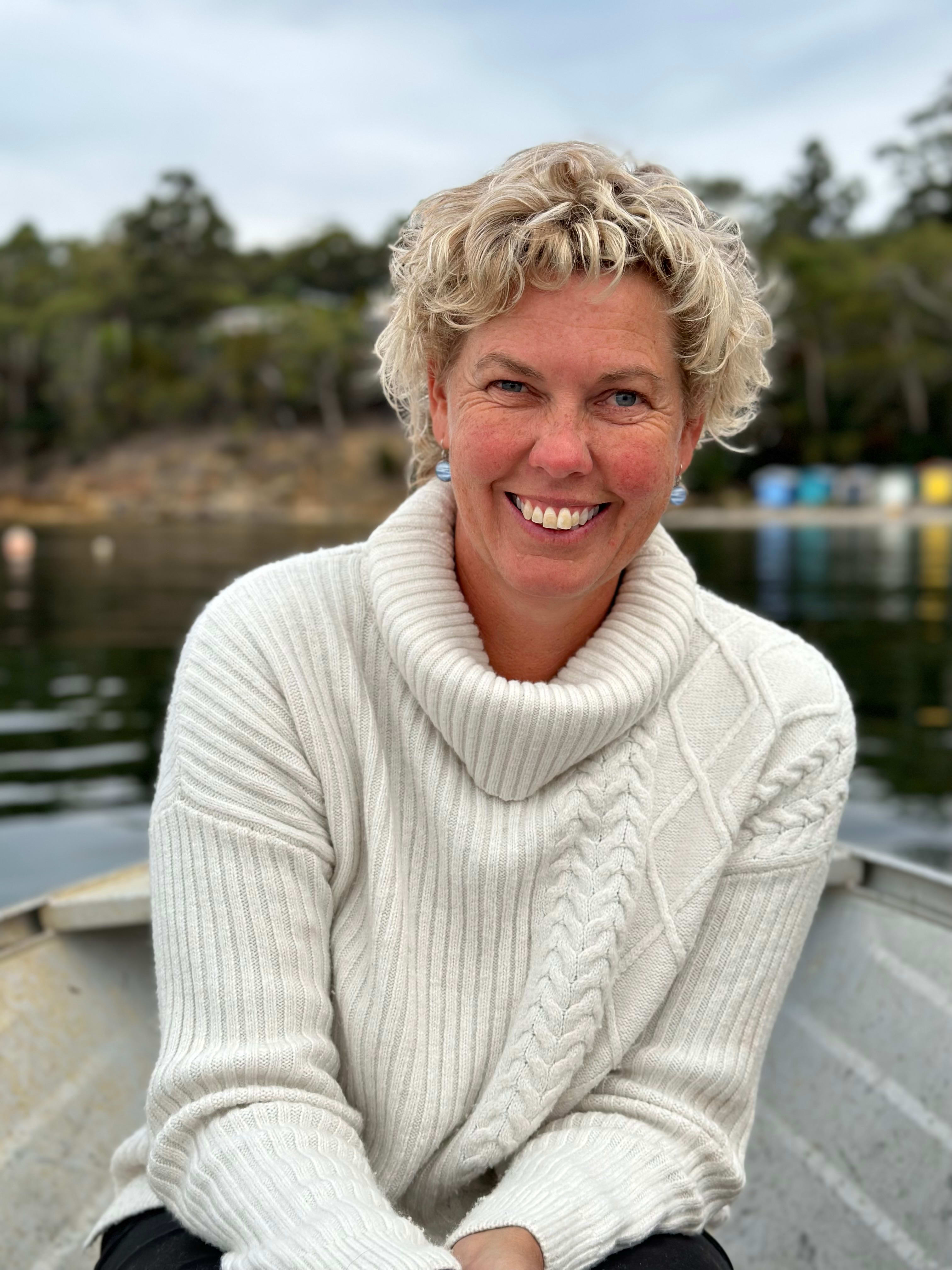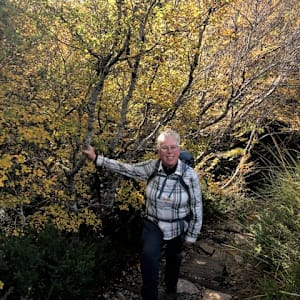writer and photographer PETER GRANT
For a dead language, Latin still has a lot to say. Take in memoriam, for instance. We commonly see it on grave stones or in death notices. “In memory of …” I think of the phrase when we come across a dead wallaby in The Patch, that wildish 150 hectares of bush on Hobart’s southern fringe.
We smell it before we see it, the odour thick and unpleasant. We scurry past each day, though not without keeping half an eye on the process of decay. Over time we note that ravens, blowflies and ants have done their undertaker duties, slowly consuming the fleshy parts; the eyes first, then the guts, and finally the more stubborn sinews. They leave bones and a glut of matted fur for others. Smaller birds, like scrub wrens and yellow-throated honeyeaters, glean nesting material from the decaying macropod’s fur. A fur-lined nest must be the ultimate in upcycling.
Eventually only the bones remain, though they too will decay in time. And that efficient repurposing of every bit of a decaying animal is the way in memoriam works in nature. Their life is not forgotten in death, but is passed on to help other life-forms to carry on. We glibly talk of the life cycle, but might we more accurately call it the life recycle?
At home we have a table, between Jack and Jill seats, on which I’ve set up an impromptu nature table. On warmer days we sit there for coffee, shuffling aside a wallaby skull here or a fossil-filled rock there, to make room for our mugs. Our visiting grandchildren have grown used to the table, and freely ask questions about the how, when and why of death.
They enjoy adding their own ephemeral items to the display: flowers, sticks, leaves, a dead moth. I suppose the table is our family’s recognition of the old Latin chant, media vita in morte sumus – in the midst of life we are in death. It feels healthy to freely discuss death and decay with the children, and the happenings in the bush provide an ideal entrée to that.
 But not all decay is born equal. Human-made litter is altogether different. At various times in the last century or so The Patch has been a casual dumping ground. It borders a road, and litter is thrown, blown or washed down into our bush. We regard some of the dumped items as experiments in decay. One example is a metal bucket that must be around 100 years old. Its exterior is rusted, holed and crumpled, but its galvanised interior is still partially rust free. We’ve barely seen any change in the decades we’ve been walking past. We’ll have to pass the experiment on to quite a few future generations before that item finally kicks the bucket.
But not all decay is born equal. Human-made litter is altogether different. At various times in the last century or so The Patch has been a casual dumping ground. It borders a road, and litter is thrown, blown or washed down into our bush. We regard some of the dumped items as experiments in decay. One example is a metal bucket that must be around 100 years old. Its exterior is rusted, holed and crumpled, but its galvanised interior is still partially rust free. We’ve barely seen any change in the decades we’ve been walking past. We’ll have to pass the experiment on to quite a few future generations before that item finally kicks the bucket.
Some more recent rubbish has an even longer afterlife, and a potentially deadlier one. Plastics are the worst, and one of our decay experiments involves an innocently thin plastic bowl. It’s probably less than 10 years old, and we found it partially buried in leaf litter. When we uncovered it, we had an ironic laugh at the brand emblazoned on base of the bowl: “Super Nature”. After a little digging on the internet, I found that while this plastic can theoretically be recycled through REDcycle, that scheme no longer operates in Australia. It’s a moot point, since whoever consumed this meal chose to dump it here rather than try to recycle it.
Initially we put the bowl back beneath leaf litter, thinking we’d observe what kinds of decay took place over time with this sort of plastic. But then I found out more about the decay rates of plastics. A flimsy plastic-lined takeaway coffee cup will take about 30 years to degrade. And a plastic soft drink bottle can take 400 to 500 years to break down. That, unfortunately, isn’t the end. It’s what plastics break down into – microplastics – that is their biggest problem. Microplastics are now being found in a lot of our food, even inside our own bodies, as well as those of creatures as far away as Antarctica. Every place we humans inhabit, as well as the oceans on which we depend, is threatened by these persistent and potentially toxic plastics. That’s not an in memoriam to aspire to.
We decide to bring the plastic bowl back to our nature table, figuring we’ll be long gone before it is. For the time being it sits on the table as a little reminder. It sits with an array of rocks we’ve collected from The Patch, mostly those from the Permian era. It seems both apt and portentous that our Anthropocene “fossil” should cradle fossils from the Great Permian Extinction.
 And so we circle back to Latin. While I’m no scholar of the language, I do know that super means “above”. Our “Super Nature” plastic bowl, undoubtedly in all innocence, has proclaimed itself to be “above nature”. What a folly it would be if we believed that’s even possible. Perhaps when it comes to plastic packaging, another Latin phrase should be heeded: caveat emptor, let the buyer beware.
And so we circle back to Latin. While I’m no scholar of the language, I do know that super means “above”. Our “Super Nature” plastic bowl, undoubtedly in all innocence, has proclaimed itself to be “above nature”. What a folly it would be if we believed that’s even possible. Perhaps when it comes to plastic packaging, another Latin phrase should be heeded: caveat emptor, let the buyer beware.
Peter Grant lives in the foothills of kunanyi/Mt Wellington with his wife. He worked with the Tasmania Parks and Wildlife Service for 24 years as manager of interpretation and education. His passion for the natural world led him to write Habitat Garden (ABC Books) and found the Wildcare Tasmania Nature Writing Prize. More of his writing can be seen at naturescribe.com.







